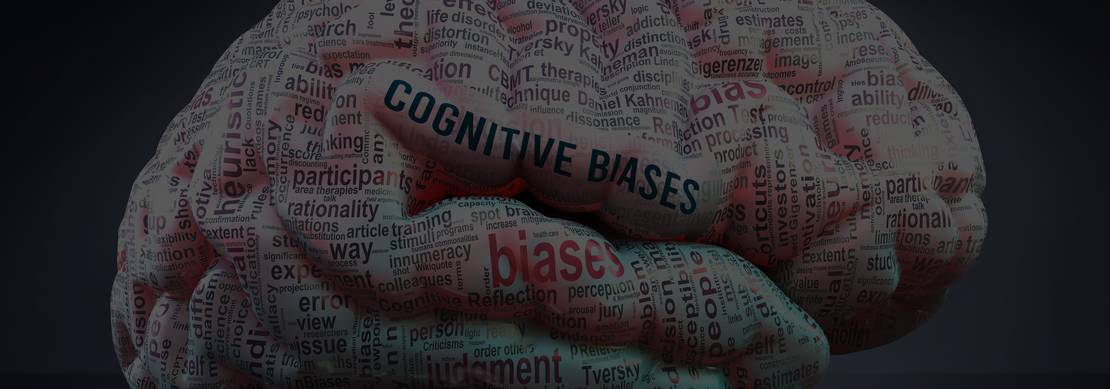Focus and a clear mind. Those two key elements are crucial to the success of any player who wants to master Texas Hold'em poker rules. But when you have prejudice and cognitive bias clouding your judgment, your chances of making a real profit are slim.
But if you are well aware of the most common forms of bias you might succumb to while you play poker, you might be able to refrain from falling into those cognitive traps. Now is your chance to learn more about cognitive bias and how it can affect your poker play!
What is Cognitive Bias?
According to "Simply Psychology", cognitive biases are defined as: "unconscious errors in thinking that arise from problems related to memory, attention, and other mental mistakes."
Those biases often lead us to misinterpret the information we receive, thus affecting our ability to make accurate and rational decisions. Since our brain uses those thinking patterns unconsciously, realizing you have an error in judgment is tricky. But once you start paying attention to your own thinking and behavioral patterns, you can try to control how you act at the poker tables.
3 Forms of Cognitive Bias You Might Experience at the Poker Tables
- The outcome bias – Quite often, players judge the quality of their moves instead of focusing on the decision-making process. When players make a reckless move that eventually pays off, they start believing those moves should be used more often. They base their decision on a one-off event, but in reality - the same chain of events can yield a very different result. Beginners are more prone to developing this type of biased thinking, as they are still unaccustomed to making careful and calculated decisions, which require a lot of patience and dedication.
- The Gambler's Fallacy – Many players develop the belief that previous events can affect future probabilities. It can happen to the best players out there if they're not careful: when players see that a specific card pattern repeats itself time and time again, they might start believing the same pattern is more likely to repeat itself again. This type of thinking is rather dangerous, as it is based on a gut feeling instead of math. In reality, probability never changes. It doesn't matter which cards were handed to you in previous rounds, as the game resets each and every time.
- The Status Quo Bias – In poker, like in life, players feel more comfortable when the status quo isn't disturbed. People tend to prefer that things remain the same forever, so they won't have to change their behavioral patterns. But poker is an unexpected game, and you must be able to quickly adapt to everything thrown your way. Cognitive flexibility is a must if you want to have a successful poker career, which means you must be able to get out of your comfort zone.
In Conclusion
When you learn Texas Hold'em rules and try to become a better player, you need to do your best to refrain from developing predictable and negative behavioral patterns. Always check yourself and analyze your moves, making sure that you're always backing up your decisions with logic and skill.




